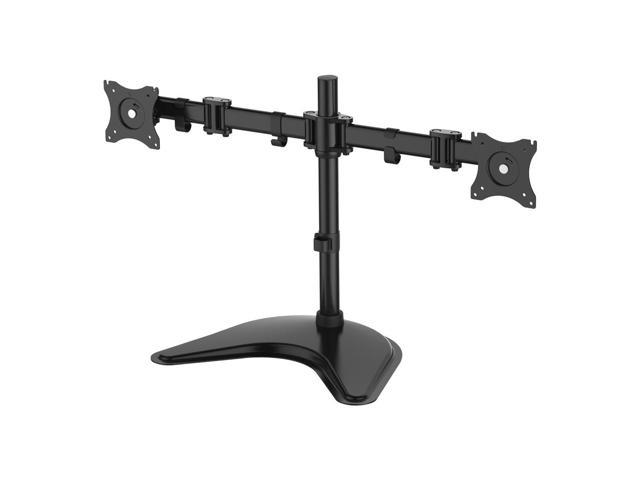Significant Findings When water is released through the spillways of dams, air is entrained in the water, increasing the downstream concentration of dissolved gases. Excess dissolved-gas concentrations can have adverse effects on freshwater aquatic life. The U.S. Geological Survey (USGS), in cooperation with the U.S. Army Corps of Engineers, collected dissolved-gas and water-temperature data at eight monitoring stations on the lower Columbia River in Oregon and Washington in 2009. Significant findings from the data include: During the spill season of April through August 2009, hourly values of total dissolved gas (TDG) were occasionally larger than 115-percent saturation for the forebay stations (John Day navigation lock, The Dalles forebay, Bonneville forebay, and Camas). Hourly values of total dissolved gas were occasionally larger than 120-percent saturation for two tailwater stations (John Day Dam tailwater and Cascade Island). From mid- to late July to mid-September 2009, water temperatures were greater than 20 degree(s) C (degrees Celsius) at seven stations on the lower Columbia River. According to the State of Oregon temperature standard, the 7-day average maximum temperature of the lower Columbia River should not exceed 20 degree(s)C; Washington regulations state that the 1-day maximum should not exceed 20 degree(s) C as a re-sult of human activities. All 96 laboratory checks of the TDG sensors with a certified pressure gage were within 0.4 percent saturation after 3 to 4 weeks of deployment in the river. All but 2 of the 73 in situ field checks of TDG sensors with a secondary standard were within + or - (plus or minus) 1.0-percent saturation after 3-4 weeks of deployment in the river. All 74 of the field checks of barometric pressure were within + or - 2.0 millimeters of mercury of a secondary standard, and all 65 water-temperature field checks were within + or - 0.2 degree(s) C. For the eight monitoring stations in water year 2009, a total of 99.2 percent















